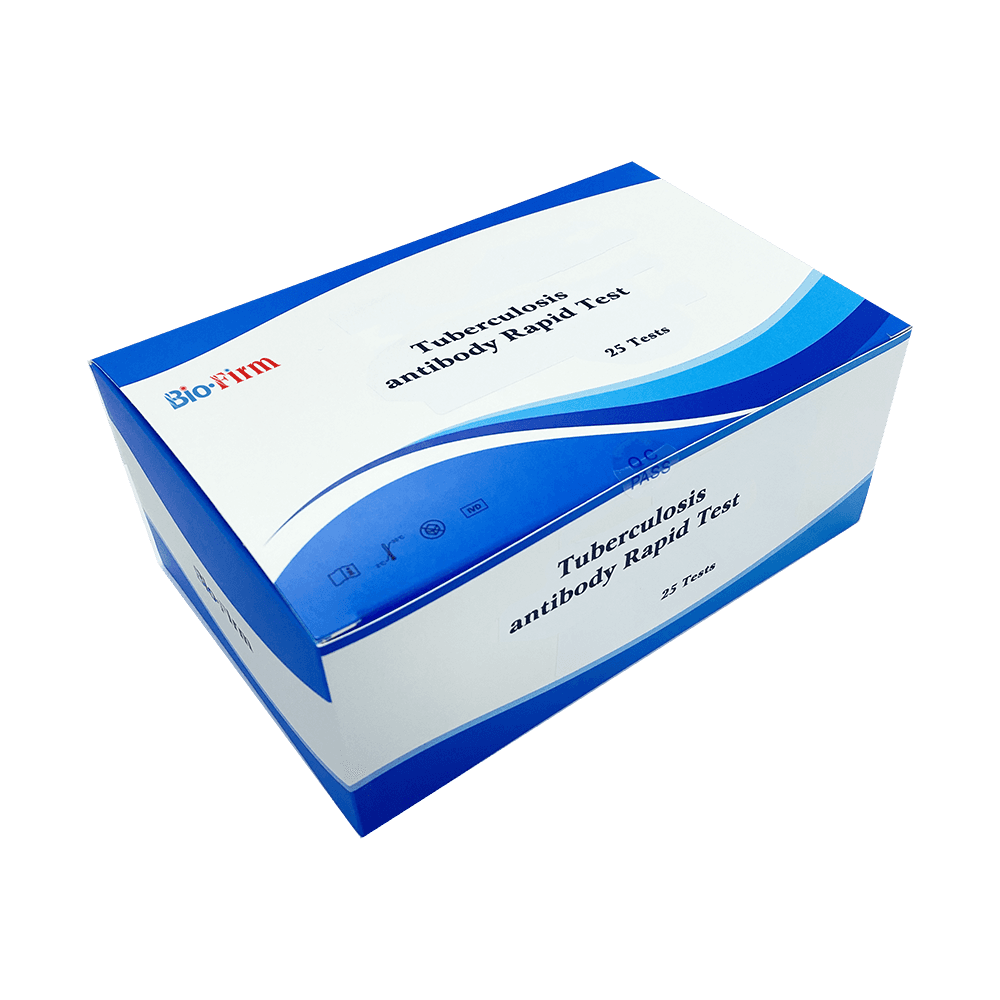Jul 01,2022
The regulatory requirements for a Tuberculosis (TB) Antibody Rapid Test Device vary based on regional and international regulatory bodies. Key approvals and certifications include WHO prequalification, FDA clearance, and CE marking, each with specific standards and compliance measures. Below is an overview of the requirements for each:
1. WHO Prequalification for In Vitro Diagnostics (IVDs)
The World Health Organization (WHO) Prequalification of In Vitro Diagnostics (PQDx) ensures that diagnostic tests meet global quality, safety, and performance standards, particularly for low-resource settings.
Key Requirements:
Technical Documentation Review: Submission of detailed manufacturing, validation, and clinical performance data.
Laboratory Evaluation: WHO-designated laboratories assess sensitivity, specificity, and robustness.
Good Manufacturing Practices (GMP): Inspection of production sites for quality assurance compliance.
Field Studies: Real-world performance testing in high-burden TB areas.
Post-Market Surveillance: Continuous monitoring for product safety and effectiveness.
Regulatory Impact:
WHO prequalification allows the test to be procured by UN agencies and global health programs.
Required for participation in international TB control initiatives, such as the Global Fund and FIND (Foundation for Innovative New Diagnostics).
2. FDA Clearance (U.S. Market)
The U.S. Food and Drug Administration (FDA) regulates Tuberculosis Antibody Rapid Test Devices under 21 CFR Part 866 (Immunology and Microbiology Devices). Approval depends on the device classification:
Regulatory Pathways:
510(k) Clearance: Required if the test is substantially equivalent to an existing FDA-approved TB rapid test. Manufacturers must demonstrate similar performance, accuracy, and safety.
De Novo Classification: Used for novel TB tests that do not have a predicate device but present a low-to-moderate risk.
Premarket Approval (PMA): Required if the test is classified as high risk, needing extensive clinical trials to demonstrate efficacy.
Key FDA Requirements:
Clinical Performance Data: Submission of real-world sensitivity, specificity, and reproducibility studies.
Labeling and Instructions for Use: Must comply with FDA guidelines for diagnostic tests, ensuring clarity for healthcare professionals.
Good Manufacturing Practices (GMP) and Quality System Regulations (QSR): Compliance with 21 CFR Part 820 for manufacturing, validation, and quality control.
Risk Analysis and Failure Mode Evaluation: Assessment of potential false positives, false negatives, and cross-reactivity risks.
Regulatory Impact:
FDA clearance is mandatory for U.S. market entry and ensures compliance with strict quality and safety standards.
Required for distribution in U.S. hospitals, clinics, and laboratories.

3. CE Marking (European Union Market)
The CE Mark certifies that the TB Antibody Rapid Test Device complies with European Union (EU) In Vitro Diagnostic Regulation (IVDR) (EU 2017/746).
Key CE Marking Requirements:
Risk-Based Classification:
Under IVDR, TB antibody rapid tests may fall under Class B or C, requiring stringent performance validation.
Performance Evaluation Report (PER): Includes clinical sensitivity, specificity, and analytical validation.
Notified Body Assessment: A third-party Notified Body (NB) evaluates the manufacturer's technical documentation.
ISO 13485 Certification: Demonstrates compliance with international quality management standards for medical devices.
Labeling and Instructions for Use (IFU): Compliance with EU language and safety regulations.
Regulatory Impact:
CE marking is required for sales in EU member states and European Economic Area (EEA) countries.
Recognized in many global markets, facilitating international distribution.
Additional Global Regulatory Requirements:
4. China: NMPA (National Medical Products Administration) Approval
Requires clinical evaluation data, risk management reports, and batch testing.
Compliance with China’s Good Manufacturing Practices (GMP) for Medical Devices.
5. Japan: PMDA (Pharmaceuticals and Medical Devices Agency) Approval
Must meet Japanese IVD registration and performance requirements.
Requires clinical validation studies in Japan.
6. Canada: Health Canada Approval
Requires Medical Device License (MDL) under the Medical Devices Regulations (SOR/98-282).
Tests classified as Class III or IV require rigorous clinical evaluation.



 Español
Español
 Français
Français
 Deutsch
Deutsch
 عربى
عربى








